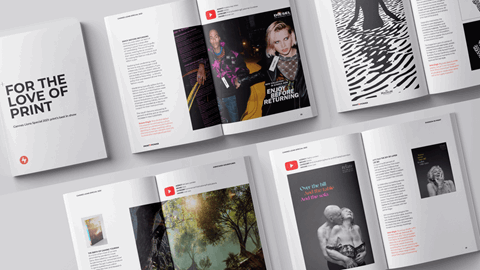Read Part 2 of our series: Print Power MD Ulbe Jelluma’s exclusive interview with Jeff Jarvis
Is the emerging digital society a continuation of what is sometimes called the printing-centred society, or do the two exist next to each other?
Communication scientists and sociologists refer to the printing-centred society as the Gutenberg period. Gutenberg was at the origin of this transformative technology. A new book from Professor Jeff Jarvis refers to this period as being an intermezzo in the evolution of how we communicate with each other. He prefers to use the term the Gutenberg Parenthesis.
After a restful holiday period we present a thought-provoking concept via a book review and an interview with the journalist turned professor who became first known as the originator of ‘Dell hell’.
Who is Jeff Jarvis?
Jeff Jarvis is an American journalist, book author and media expert who argues the personal and social benefits of the internet. He is the Leonard Tow Professor of Journalism Innovation and director of the Tow-Knight Centre for Entrepreneurial Journalism at the Craig Newmark Graduate School of Journalism at the City University of New York. He began his journalism career in 1972 when he worked for a local weekly newspaper before going on to work for the Chicago Tribune, TV Guide and People Magazine and Entertainment Weekly.
He has also been a media columnist at The Guardian, Associate Publisher and Sunday Editor at the New York Daily News, and columnist and editor at the San Francisco Examiner. He is the author of numerous books. In 2012, he published the Kindle single Gutenberg the Geek, describing Johannes Gutenberg as ‘the world's first technology entrepreneur’. His new book, The Gutenberg Parenthesis: The age of print and its lessons for the age of the internet by Jeff Jarvis is published by Bloomsbury Academic, £20.






